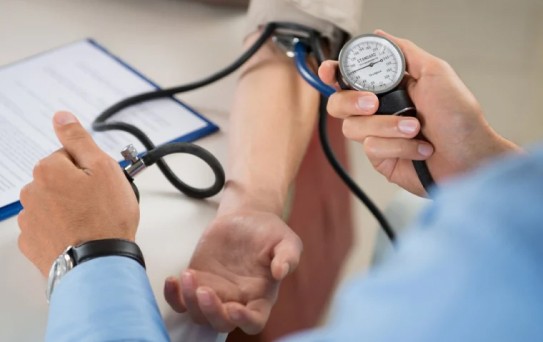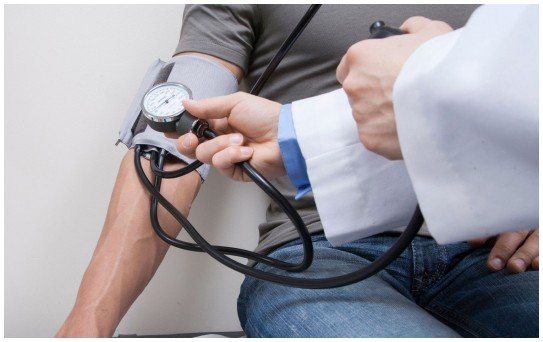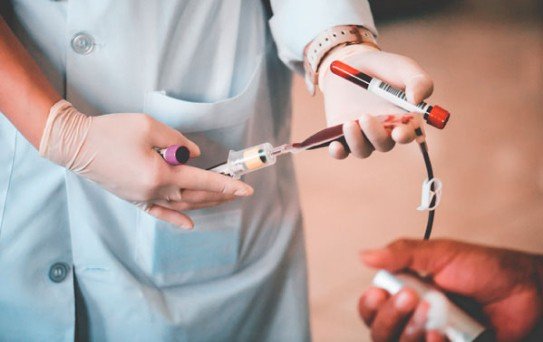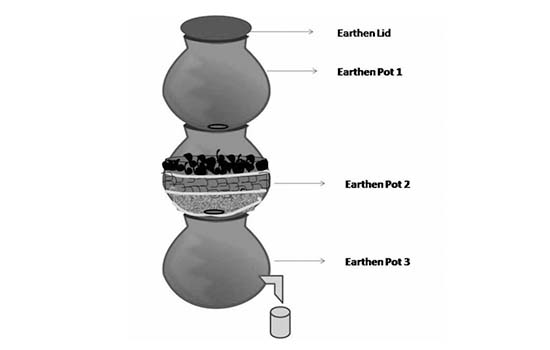
What is blood pressure reversal?
BP reversal, also sometimes referred to as normalization of blood pressure, refers to lowering of high blood pressure to a normal level. If uncontrolled, high bp can result in major cardiovascular disorders such heart disease, stroke, and damage to the kidneys. Adopting changes in lifestyle and, in certain situations, medical measures to lower blood pressure readings are both part of bp reversal. Making changes in the lifestyle include eating a balanced diet such as vegetables, fruits, proteins, and whole grains. It also involves limiting yourself from eating processed food. Regular exercise, maintaining a healthy weight, using relaxation techniques like meditation or yoga, and abstaining from alcohol and cigarette usage all help lower high bp.
Type Of Disease

Low Blood Pressure
Low blood pressure, also commonly known as hypotension in medical terms, happens when there is insufficient flow of blood to various organs and tissues as a result of the blood's force against the artery walls being less than normal. Low blood pressure, though less well-known than high blood pressure, can nevertheless have a big impact on one's health and welfare.
Some common symptoms of low bp include fainting, fatigue, nausea, blurred vision, dizziness, and lightheadedness. In some extreme circumstances, it can give shock to our body, a medical situation wherein the essential organs of our body do not receive enough oxygen and blood. This condition can happen due to a lot of factors such as dehydration, heart issues, issues in endocrine, or even a bed rest for a long duration.
To lessen symptoms, people with continuously low bp may need to change their lifestyle. Keeping properly hydrated, avoiding abrupt shifts in position, and eating enough salt can all help to keep blood pressure under control. Addressing the root cause of the medical issue becomes crucial when hypotension is brought on by another illness.
High Blood Pressure (Hypertension)
Hypertension, another name for high blood pressure, is a common medical disorder that increases the pressure in the arteries over time. It is frequently called the "silent killer" since it can go undiscovered for years while gradually harming the vessels and other organs. Systolic blood pressure (the greater value) and diastolic blood pressure (the lower value) are the two values that are recorded when blood pressure is measured in millimeters of mercury (mmHg). Normal blood pressure is usually measured as 120/80 mmHg. Continually experiencing results of 130/80 mmHg or greater is considered to be hypertension. The condition is caused by a number of factors, including inheritance, being overweight or obese, sedentary lifestyle, excessive salt consumption, smoking, stress, and suffering from other specific medical problems and issues. Some common issues that you can face include the risk of heart disease, stroke, renal troubles, and other serious medical conditions due to the strain on the heart and harm done to the blood vessels.

Paving the way to optimal blood pressure

FAQs
What happens when BP is high?
High blood pressure can cause the arteries that supply blood and oxygen to the brain to burst or be blocked, causing a stroke. Brain cells die during a stroke because they do not get enough oxygen. Stroke can cause serious disabilities in speech, movement, and other basic activities. A stroke can also kill you.
What is the reason for low BP?
There are different types and causes of low blood pressure. Severe hypotension (shock) can be caused by sudden loss of blood (shock), severe infection, heart attack, or severe allergic reaction (anaphylaxis). Orthostatic hypotension means your blood pressure drops when you shift from lying down to standing.
Can BP be reversible?
While there is no cure for high blood pressure, it is important for patients to take steps that matter, such as making effective lifestyle changes and taking BP-lowering medications as prescribed by their physicians.









